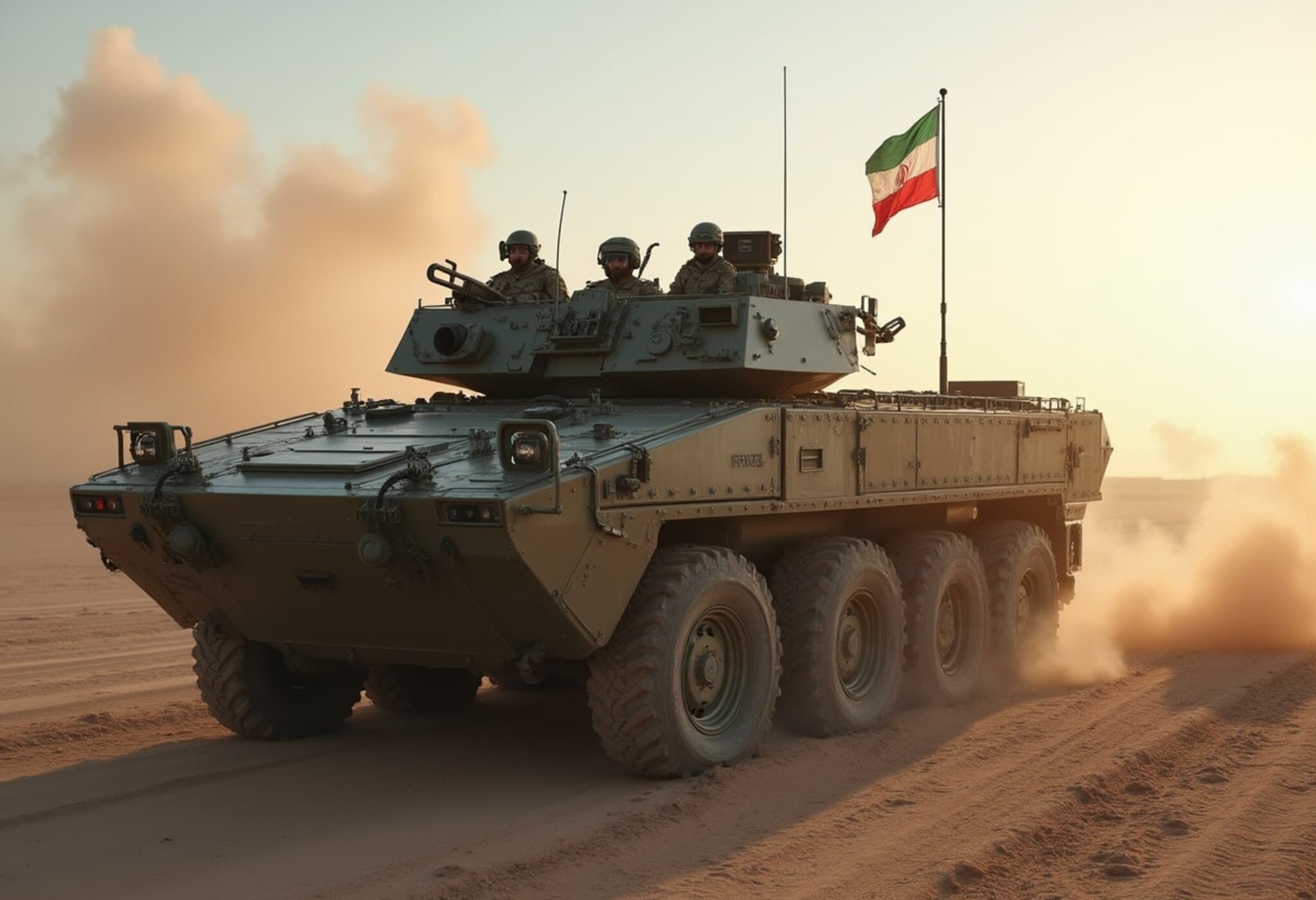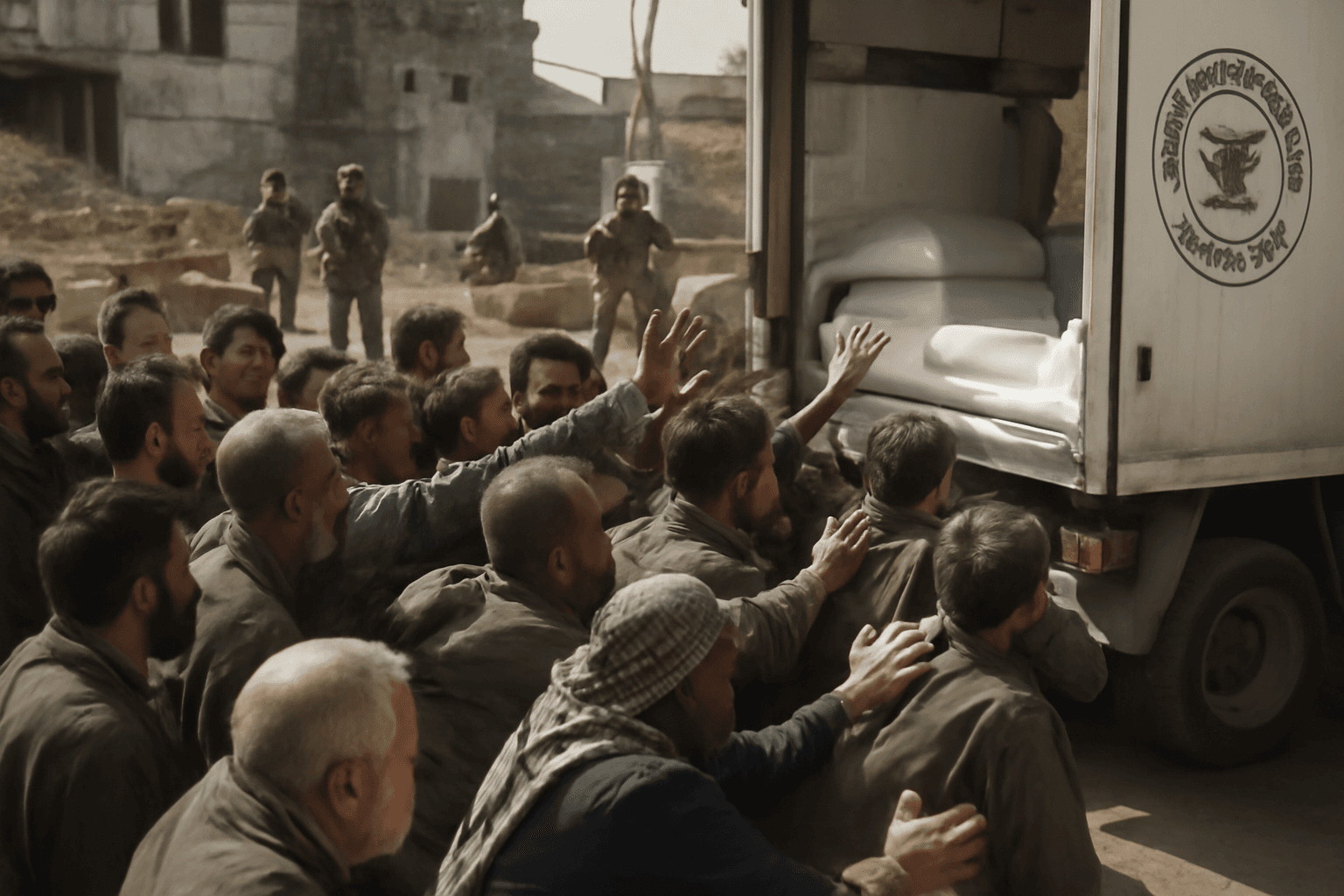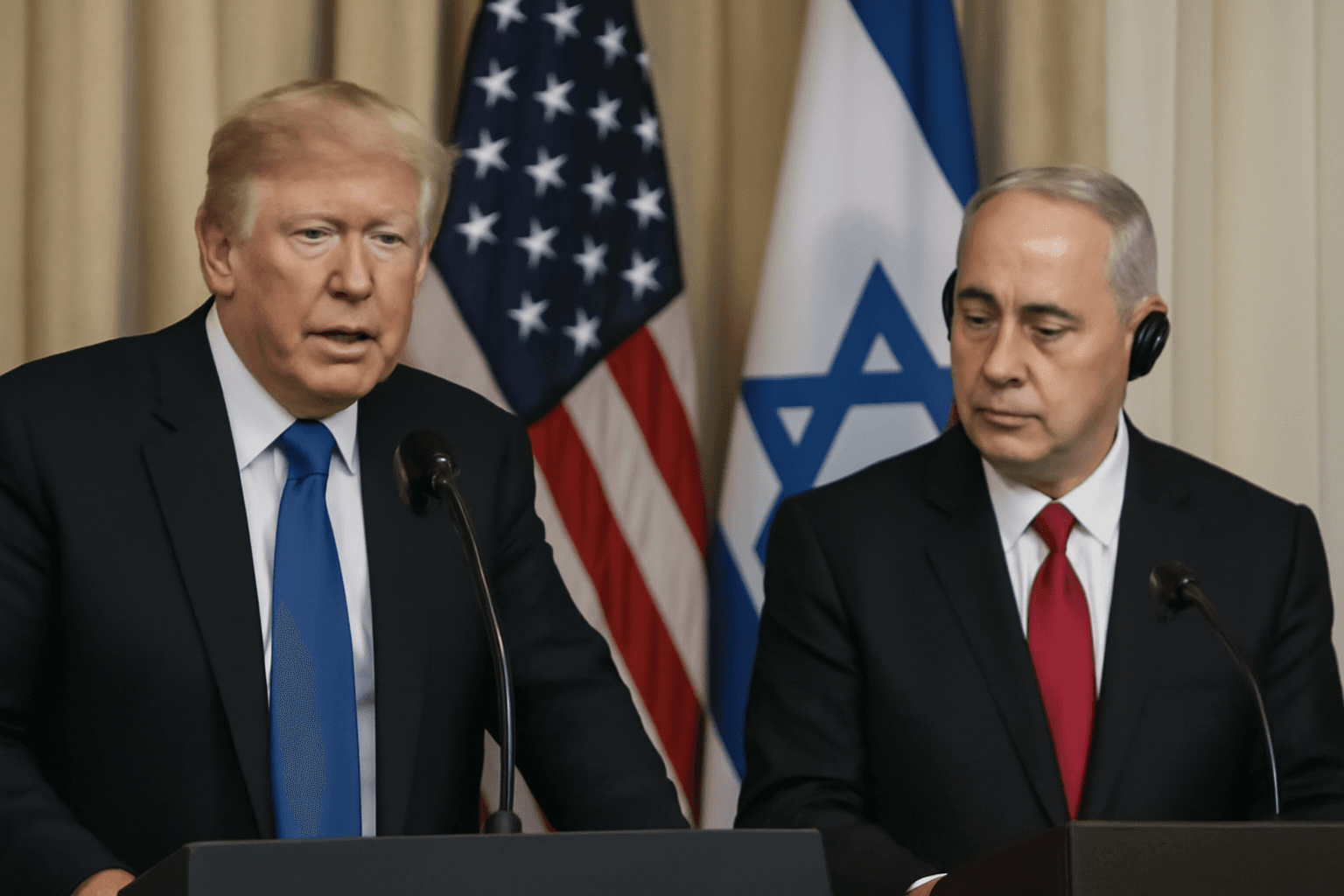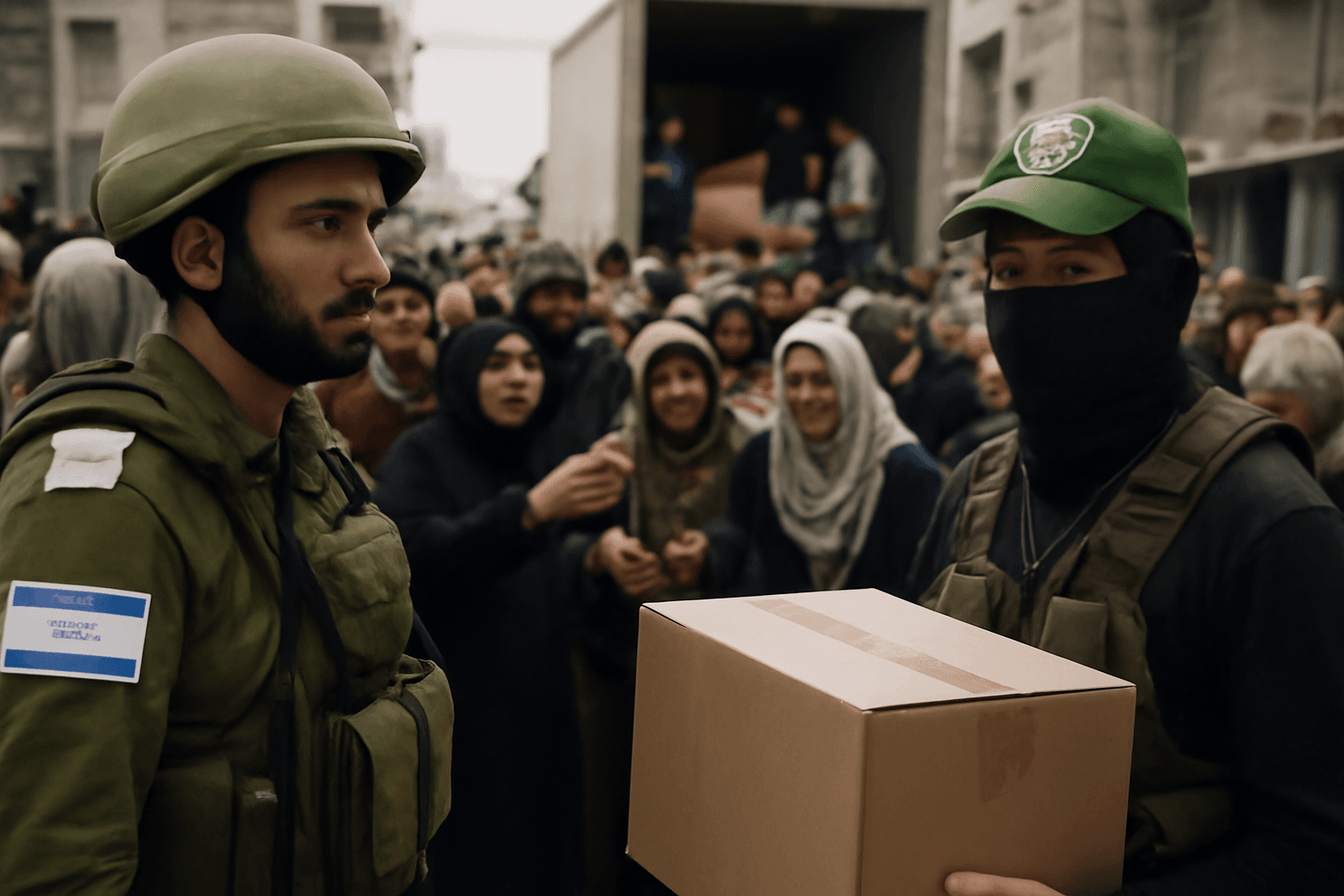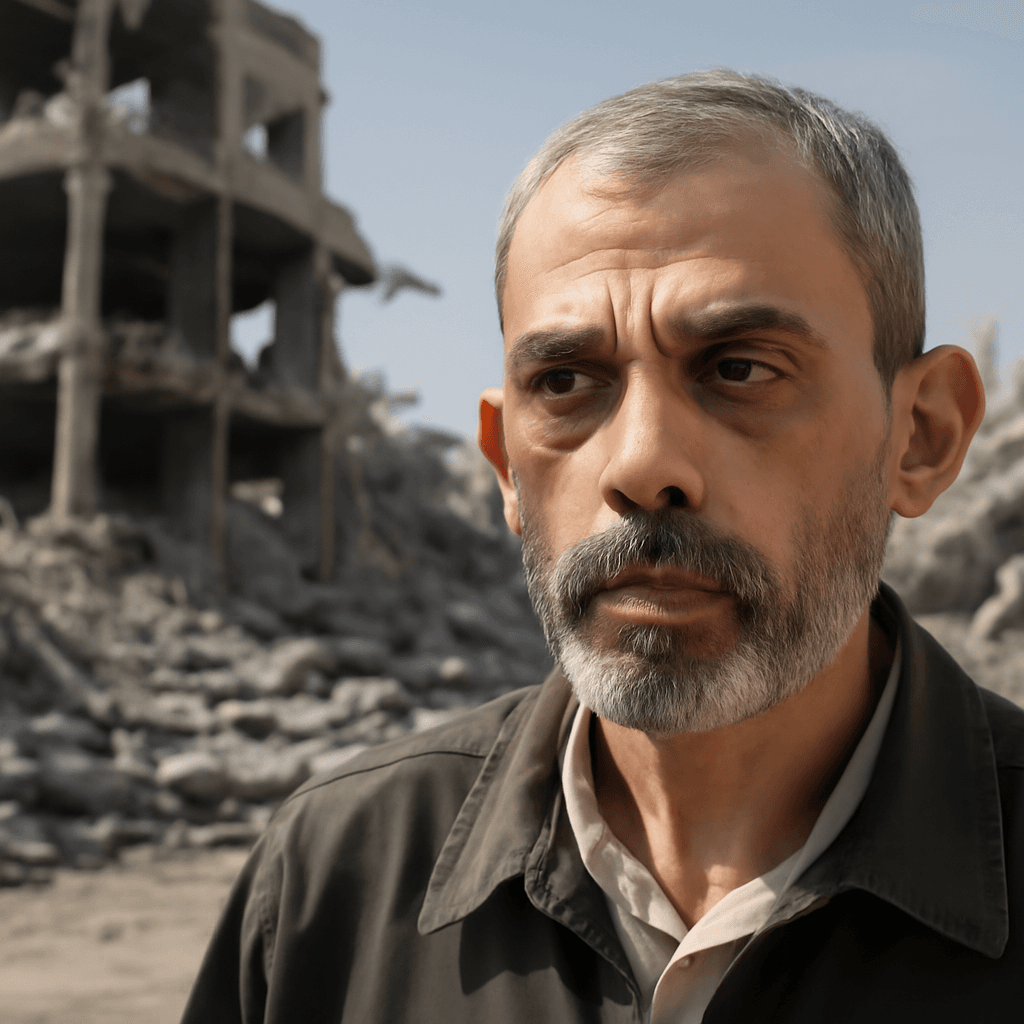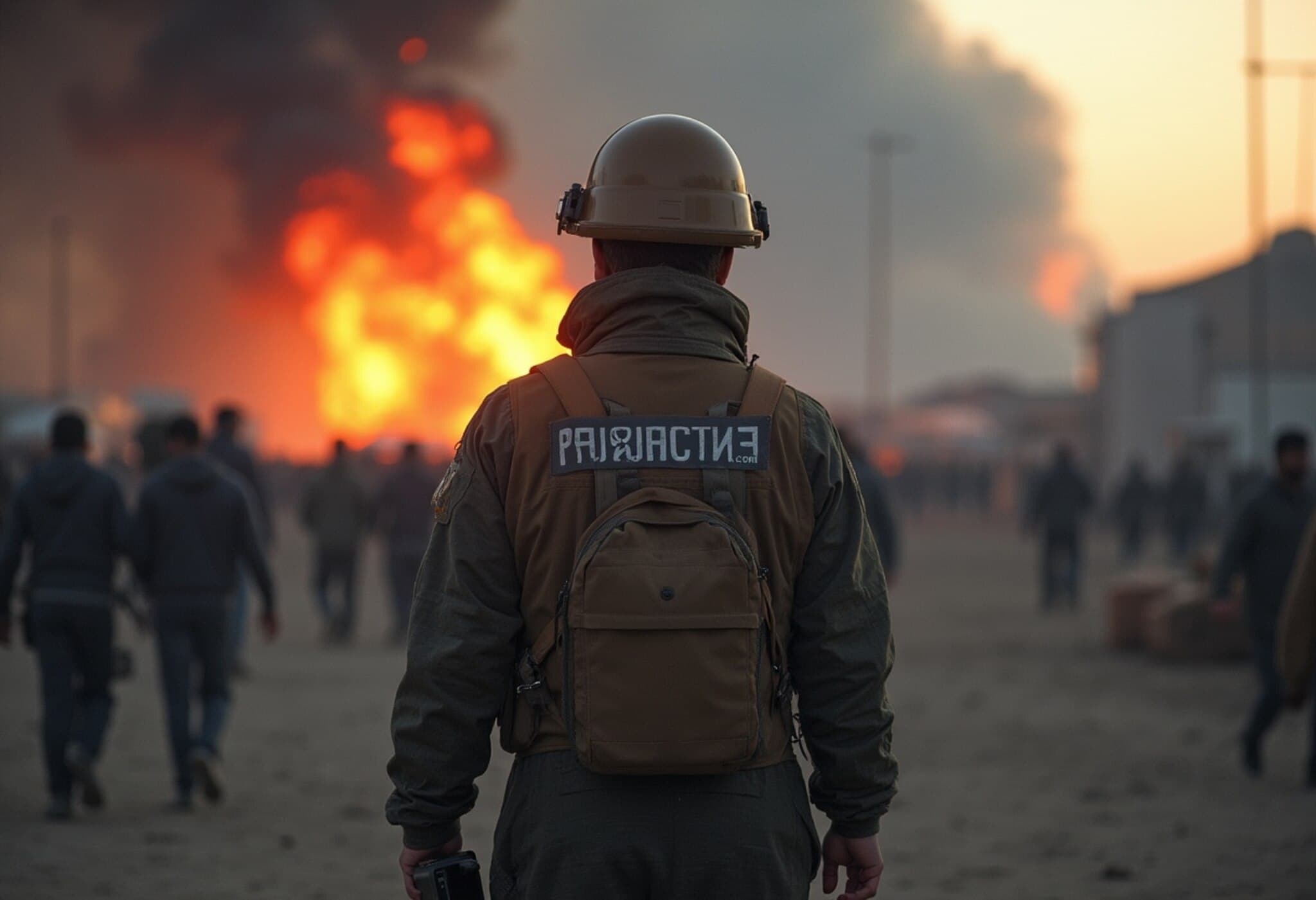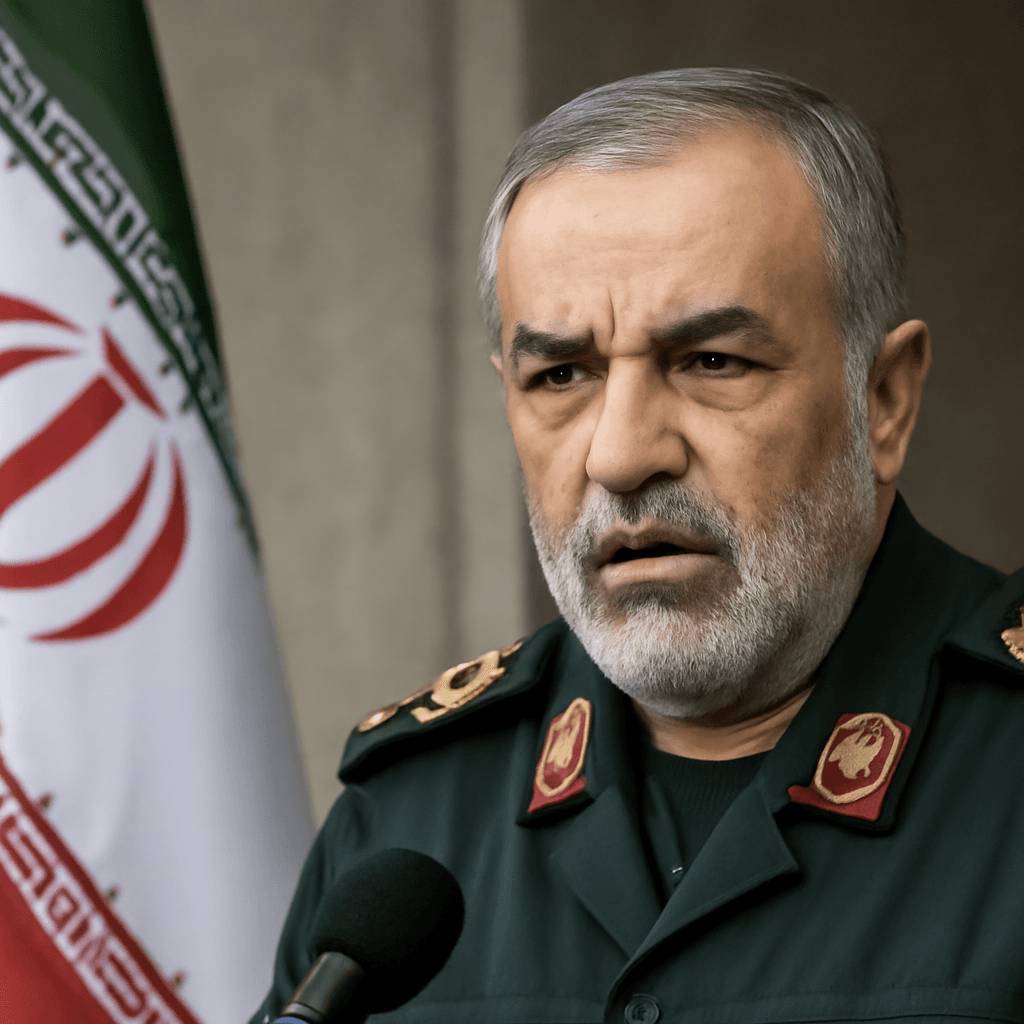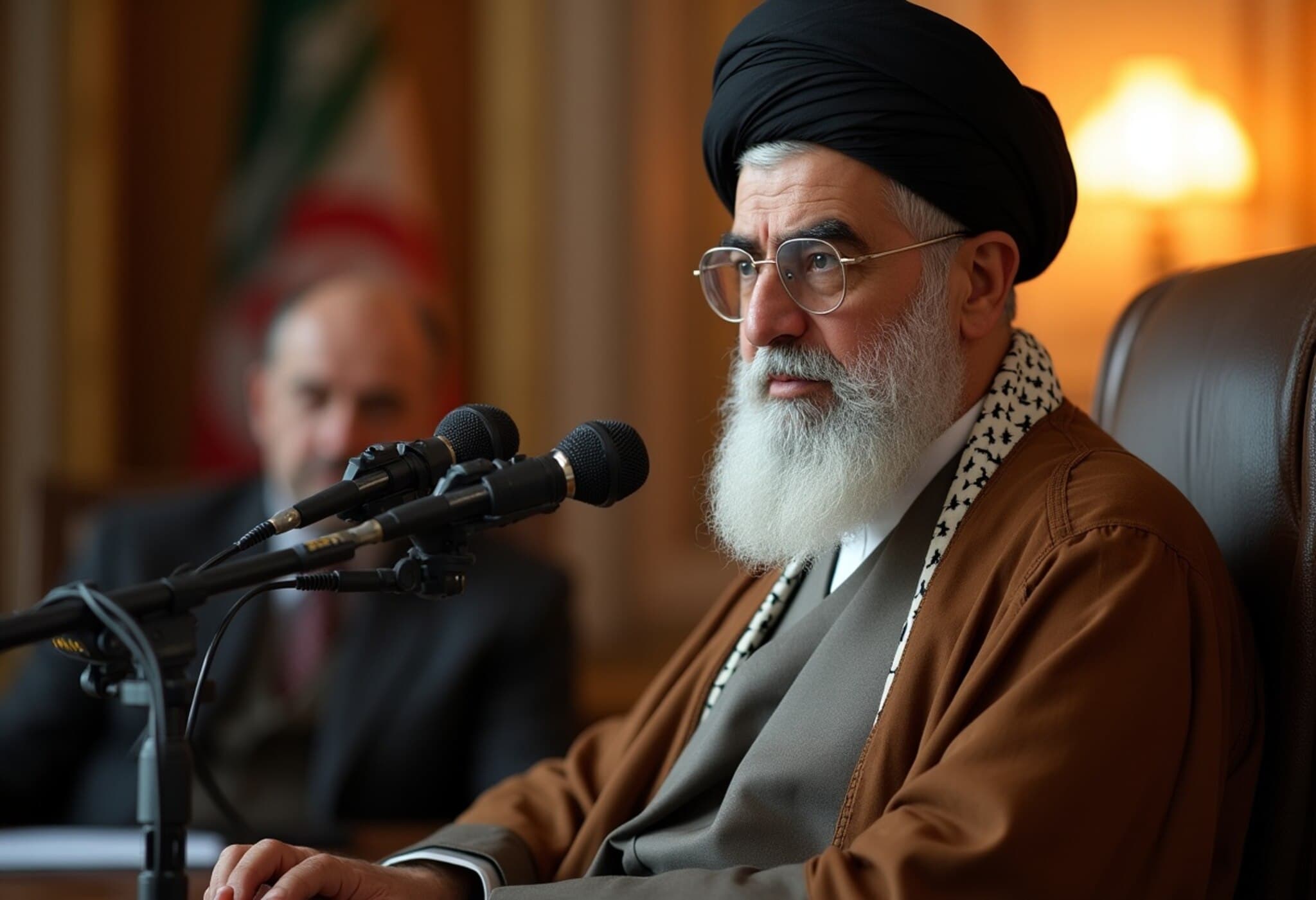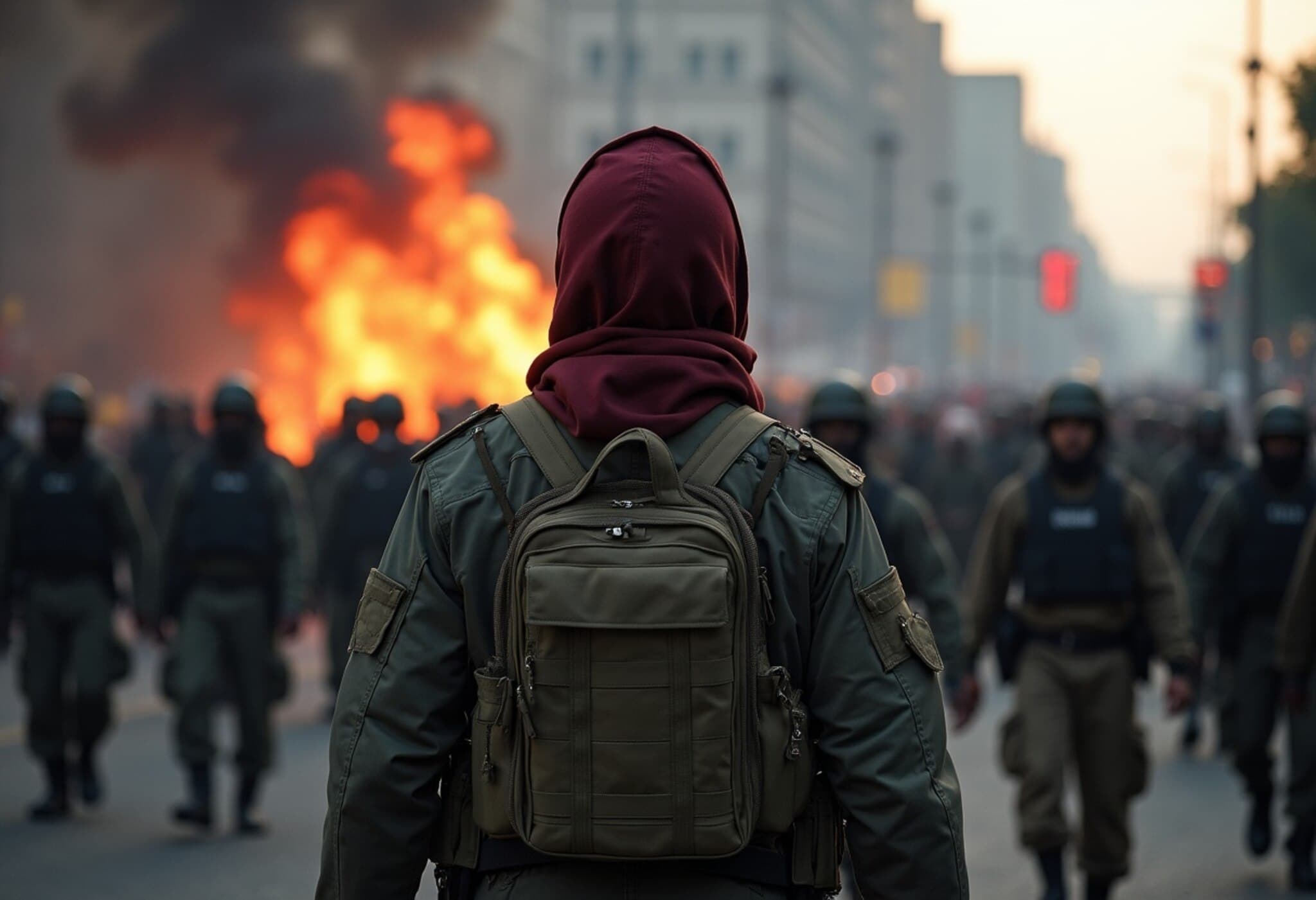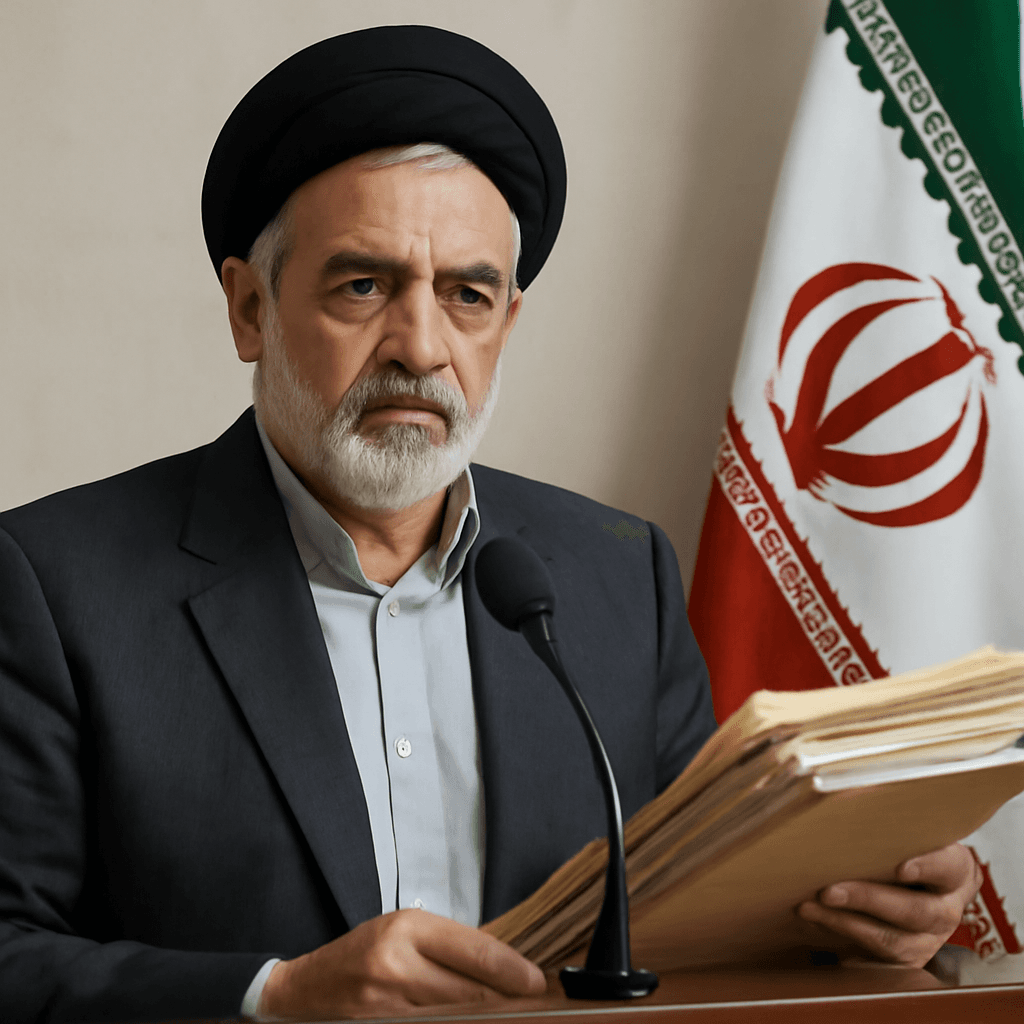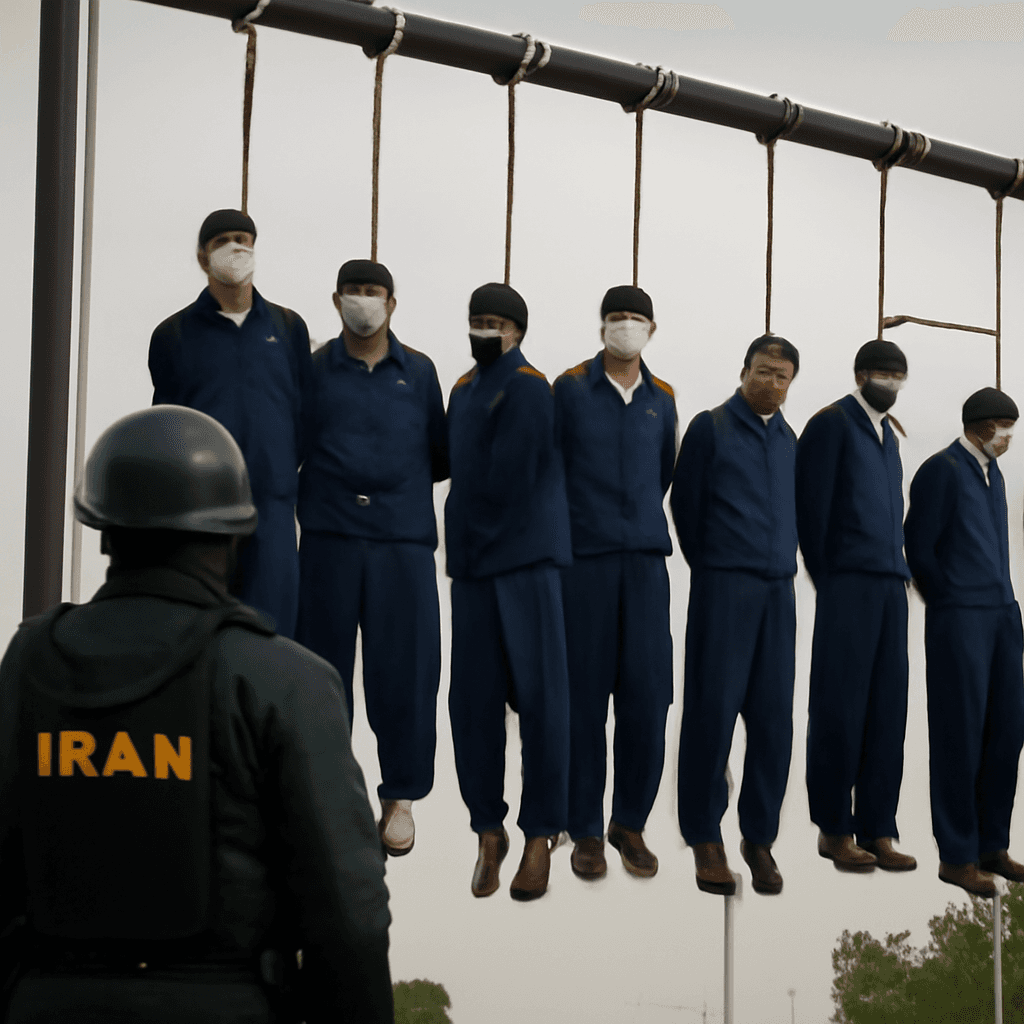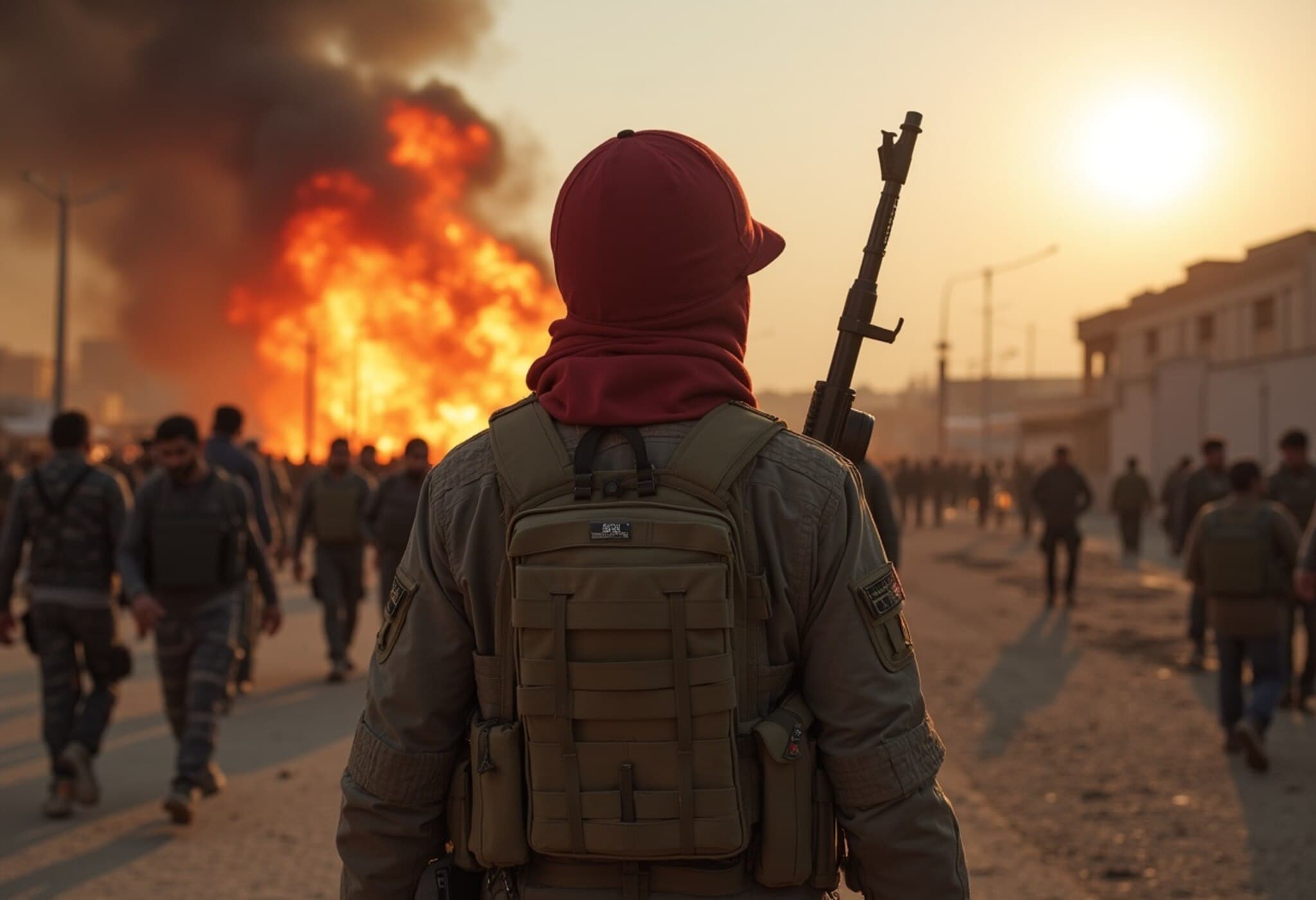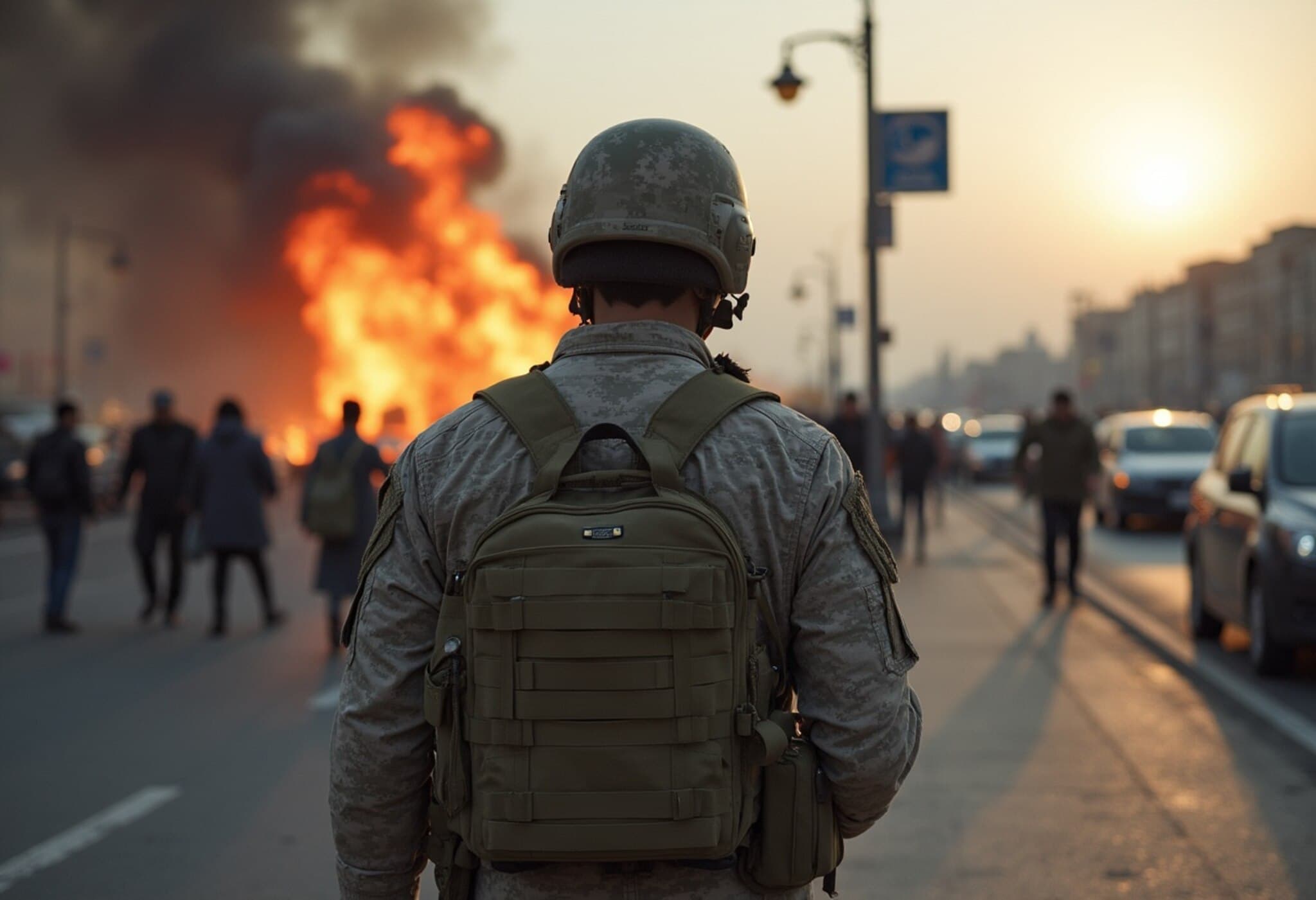Iran Rebuilds Air Defense Amidst Aftermath of June Conflict with Israel
In the wake of intense military exchanges that unfolded in June 2025, Iran has confirmed the replacement of air defense systems that were damaged during confrontations with Israeli forces. The announcement, made by Mahmoud Mousavi, a senior Iranian military official, sheds light on Tehran’s swift response to replenishing its aerial defense capabilities following the recent hostilities.
June Conflict: A Brief Overview
The clashes last month saw Israeli air forces assert significant dominance over Iranian airspace, launching precision strikes that severely impacted Tehran’s air defense infrastructure. In retaliation, Iranian forces launched multiple missile and drone attacks targeting Israeli territory, underscoring the escalating tensions between the two nations.
Official Confirmation of Damages and Response
Speaking to Defah Press, Iran’s deputy operations head for the regular army, Mahmoud Mousavi, acknowledged, “Some of our air defences were damaged, this is not something we can hide.” He emphasized the resilience and preparedness of Iranian military units, stating that the replacements came from domestically stored systems, a strategic reserve set aside to ensure national security.
His remarks highlight a critical aspect of Iran’s defense doctrine: a heavy reliance on indigenous capabilities to maintain operational readiness despite external pressures and damage sustained in conflict.
The Composition of Iran’s Air Defense Network
Prior to the conflict, Iran’s layered air defense strategy combined its indigenous Bavar-373 long-range air defense system with Russian-delivered S-300 missile batteries. This hybrid approach aimed to cover a broad spectrum of aerial threats, from missiles and drones to fighter jets.
Interestingly, the recent reports do not mention any fresh imports or acquisitions of advanced foreign defense technologies post-conflict, suggesting that Iran’s military strategy is leaning heavily on preserving and optimizing existing resources.
Regional Security Implications and Strategic Insights
The rapid restoration of damaged air defense units indicates Tehran’s prioritization of aerial security amidst an increasingly volatile regional security environment. This move may reflect Iranian military planners’ anticipation of future airspace confrontations, especially considering the ongoing shadow war between Iran and Israel involving cyber operations, proxy engagements, and targeted strikes.
Additionally, following Israeli strikes on Iranian missile production capabilities last October, Iran conducted military drills showcasing Russian air defense systems, signaling both recovery and deterrence. These actions are vital in understanding Tehran’s broader defense posture—resilient, indigenous, and prepared for protracted strategic competition.
Underreported Dimensions: Supply Chains and Domestic Military Industrial Base
What remains less explored is the extent to which Iran’s domestic military-industrial complex supports such rapid replacement efforts. The reliance on pre-stored domestic systems hints at sophisticated local production and inventory management, enabling swift recovery without immediate dependence on foreign suppliers, a significant factor given sanctions and international isolation.
- Logistical Readiness: Maintaining reserves suggests meticulous contingency planning.
- Sanctions Resilience: Reduces vulnerability to supply chain disruptions due to international embargoes.
- Technological Self-Reliance: Demonstrates capability to sustain defense apparatus independently.
Looking Ahead
As tensions simmer between Israel and Iran, the robustness of Iran’s air defense network will remain a critical factor influencing strategic calculations in the Middle East. The evident success in replacing damaged systems may embolden Tehran’s stance, affecting diplomatic and military dynamics across the region.
Editor’s Note
Iran’s announcement of replacing its air defense systems following last month’s conflict reflects not just a restoration of military assets but a testament to its strategic resilience. It raises critical questions about how domestic production capabilities and military preparedness shape the balance of power in volatile regions. For observers, the situation underscores the interplay between technological self-sufficiency and geopolitical tensions in modern warfare.

